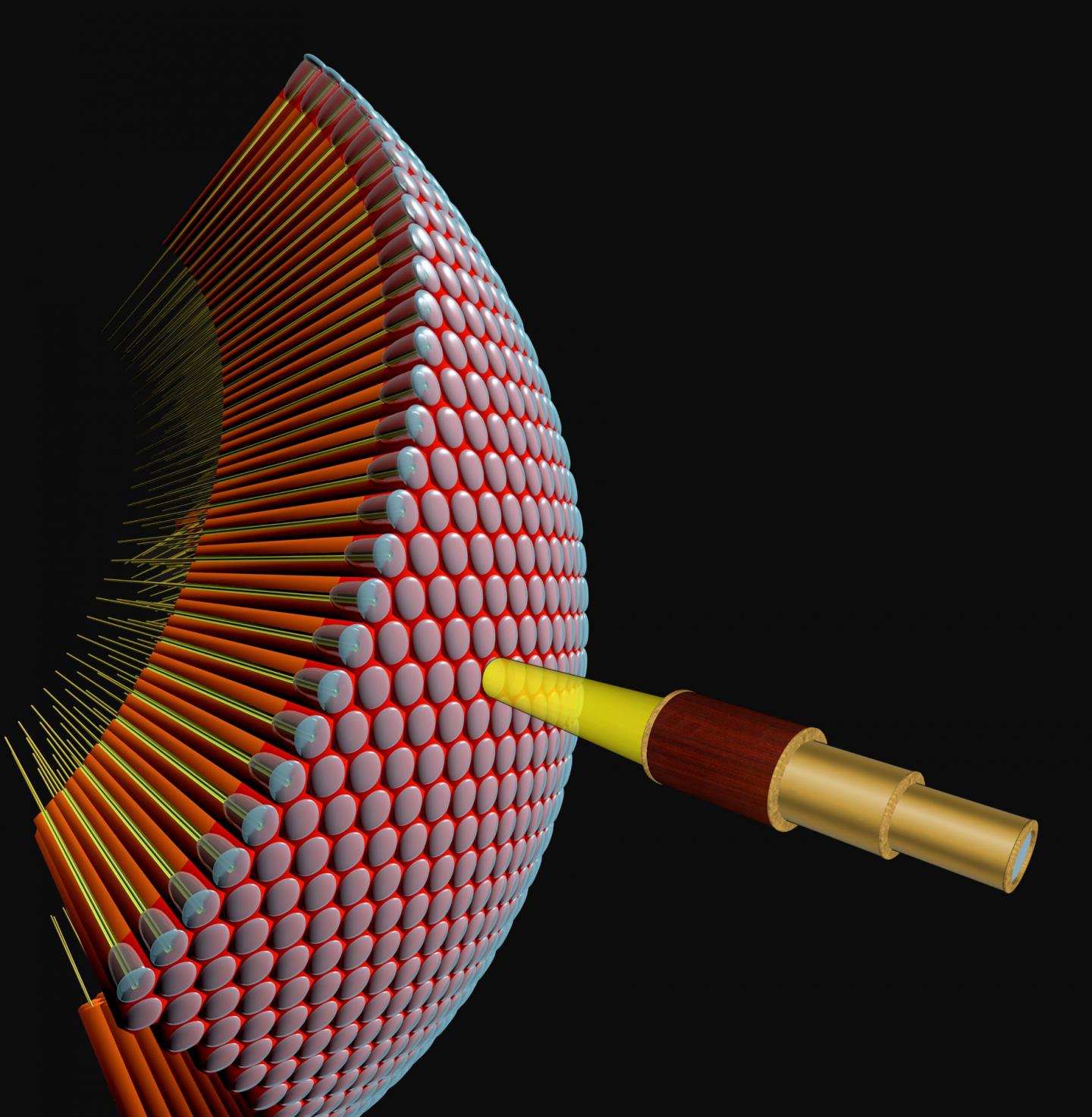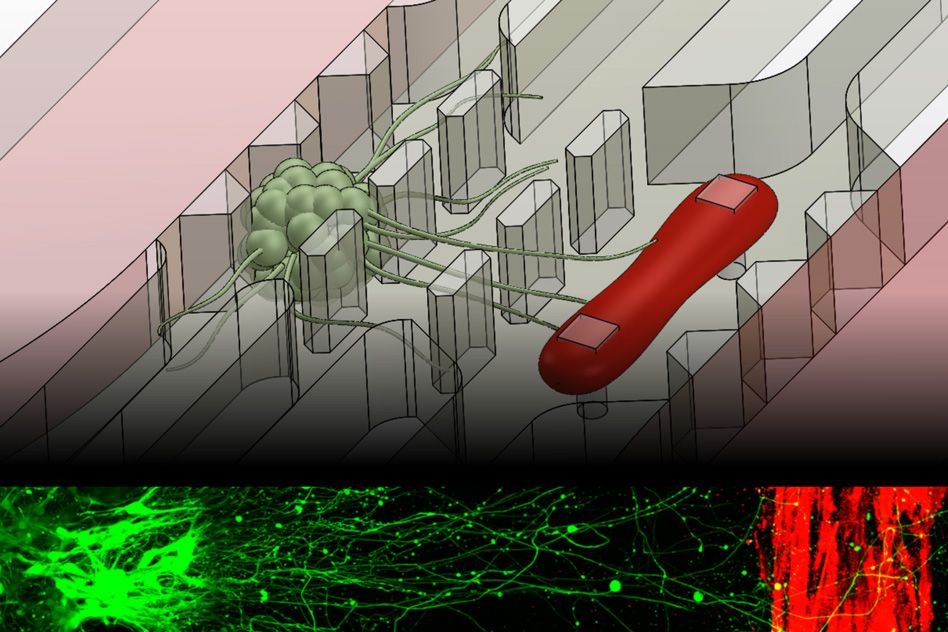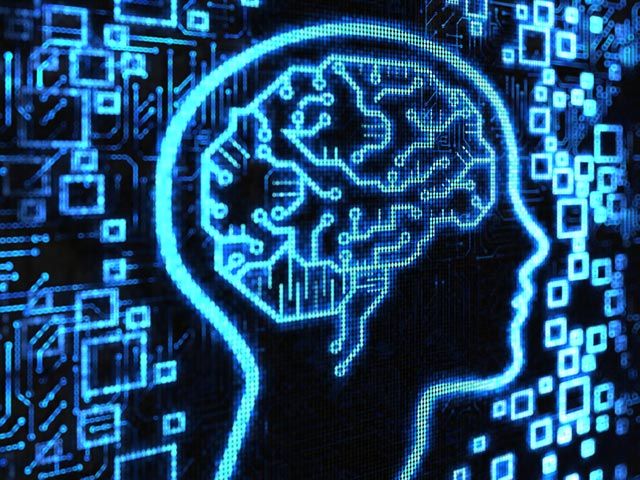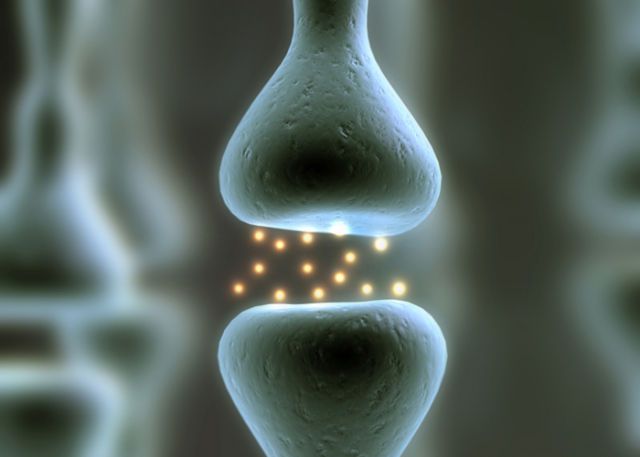Archive for the ‘neuroscience’ category: Page 943
Aug 10, 2016
Neuron unites 2 theoretical models on motion detection
Posted by Karen Hurst in category: neuroscience
Computation of motion by T4 cells in the fly brain more complex than previously believed
Max-Planck-Gesellschaft.
Aug 10, 2016
Understanding brain circuit development: an interview with Dr Hollis Cline
Posted by Karen Hurst in category: neuroscience
Interview conducted by April Cashin-Garbutt, MA (Cantab)
Prior to your study, how much was known about the way brain circuits develop? How has your recent study advanced our understanding?
There’s a tremendous amount known about brain circuit development. Our work was inspired by experiments that were done over 50 years ago by scientists at Harvard University, Hubel and Wiesel. They received a Nobel Prize for their work and have inspired many additional experiments over the last 50 or 60 years.
Continue reading “Understanding brain circuit development: an interview with Dr Hollis Cline” »
Aug 8, 2016
China may be the future of genetic enhancement
Posted by Aleksandar Vukovic in categories: bioengineering, biotech/medical, economics, genetics, neuroscience
Indeed, if we set ethical and safety objections aside, genetic enhancement has the potential to bring about significant national advantages. Even marginal increases in intelligence via gene editing could have significant effects on a nation’s economic growth. Certain genes could give some athletes an edge in intense international competitions. Other genes may have an effect on violent tendencies, suggesting genetic engineering could reduce crime rates.
We may soon be able to edit people’s DNA to cure diseases like cancer, but will this lead to designer babies? If so, bioethicist G Owen Schaefer argues that China will lead the way.
Aug 8, 2016
Ultrasonic wireless ‘neural dust’ sensors monitor nerves, muscles in real time
Posted by Sean Brazell in categories: computing, neuroscience
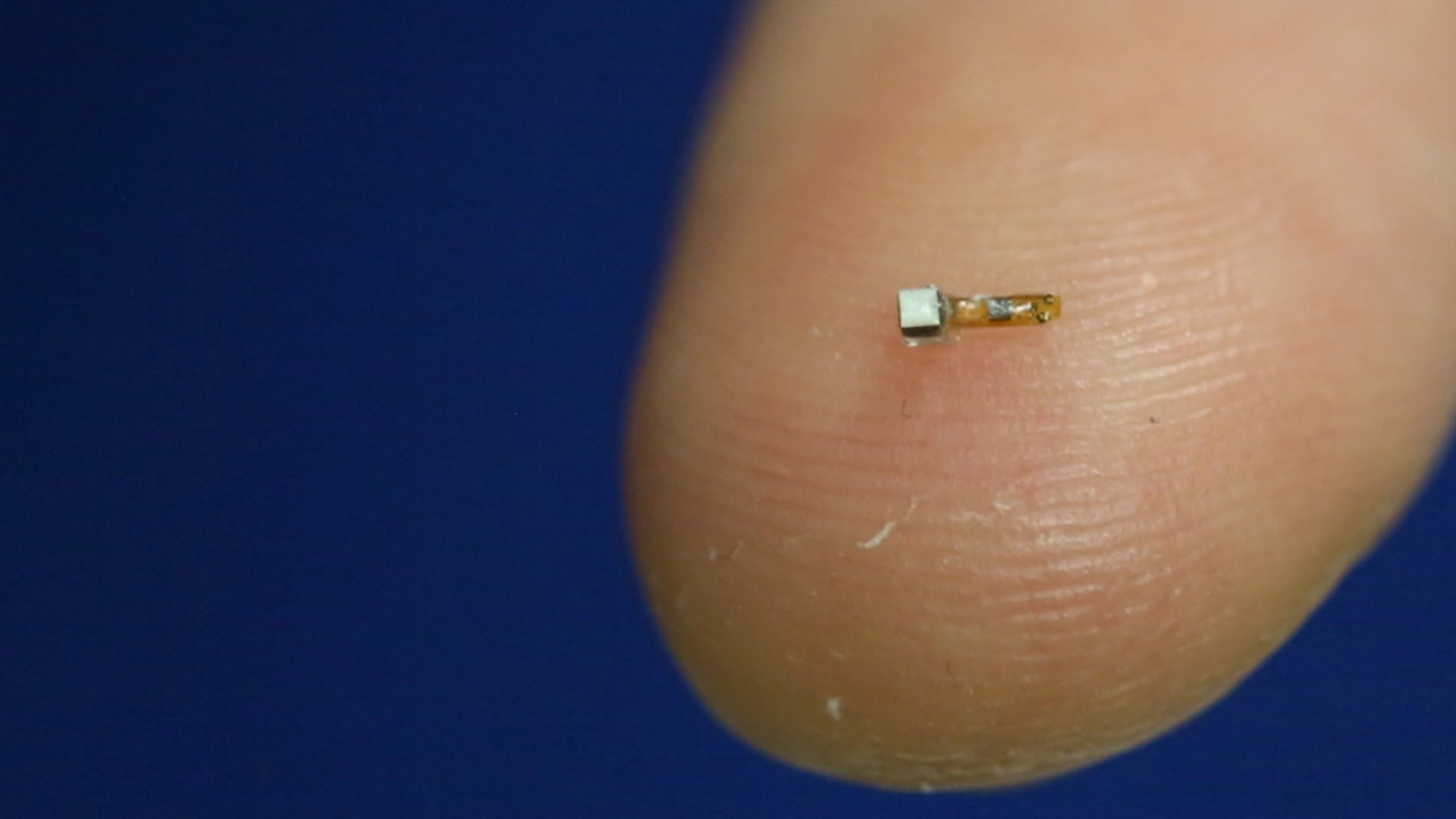
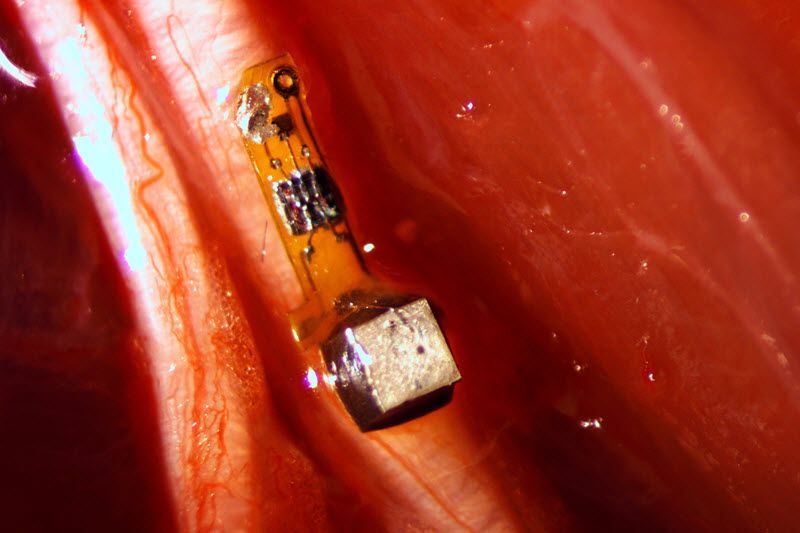
University of California, Berkeley engineers have designed and built millimeter-scale device wireless, batteryless “neural dust” sensors and implanted them in muscles and peripheral nerves of rats to make in vivo electrophysiological recordings.
Continue reading “Ultrasonic wireless ‘neural dust’ sensors monitor nerves, muscles in real time” »
Aug 4, 2016
Hackers could get inside your brain, warns experts
Posted by Karen Hurst in categories: cybercrime/malcode, neuroscience, quantum physics

I have reported on this threat for a very long time as we see more BMI technology advance. However, one are where things could drastically reduce hacking and breeches is the migration to a Quantum based net and infrastructure.
Cyberthieves might be mining personal information from your brainwaves at this very moment.
Continue reading “Hackers could get inside your brain, warns experts” »
Aug 4, 2016
New microfluidic chip replicates muscle-nerve connection
Posted by Shailesh Prasad in categories: bioengineering, biotech/medical, computing, genetics, neuroscience
MIT engineers have developed a microfluidic device that replicates the neuromuscular junction—the vital connection where nerve meets muscle. The device, about the size of a U.S. quarter, contains a single muscle strip and a small set of motor neurons. Researchers can influence and observe the interactions between the two, within a realistic, three-dimensional matrix.
The researchers genetically modified the neurons in the device to respond to light. By shining light directly on the neurons, they can precisely stimulate these cells, which in turn send signals to excite the muscle fiber. The researchers also measured the force the muscle exerts within the device as it twitches or contracts in response.
The team’s results, published online today in Science Advances, may help scientists understand and identify drugs to treat amyotrophic lateral sclerosis (ALS), more commonly known as Lou Gehrig’s disease, as well as other neuromuscular-related conditions.
Continue reading “New microfluidic chip replicates muscle-nerve connection” »
Aug 3, 2016
Machine Learning Is Helping Us Find The Genetics Of Autism
Posted by Karen Hurst in categories: genetics, neuroscience, robotics/AI
Aug 3, 2016
Neurons position their parts for rapid communication
Posted by Karen Hurst in category: neuroscience
Very cool.
Scientific Method — Neurons position their parts for rapid communication Neurons that talk to each other have proteins that mirror each other.
Aug 3, 2016
A.D. 2035: Rich people will be thousands of times smarter than poor people
Posted by Karen Hurst in categories: neuroscience, Ray Kurzweil
When not all men and women are created equal.
If futurist, inventor, and Google executive Ray Kurzweil is right about the future, we’ll all be augmenting our brains with extra capacity in the cloud at some point in the future.
Which sounds exciting, even if a little frightening.
Continue reading “A.D. 2035: Rich people will be thousands of times smarter than poor people” »

